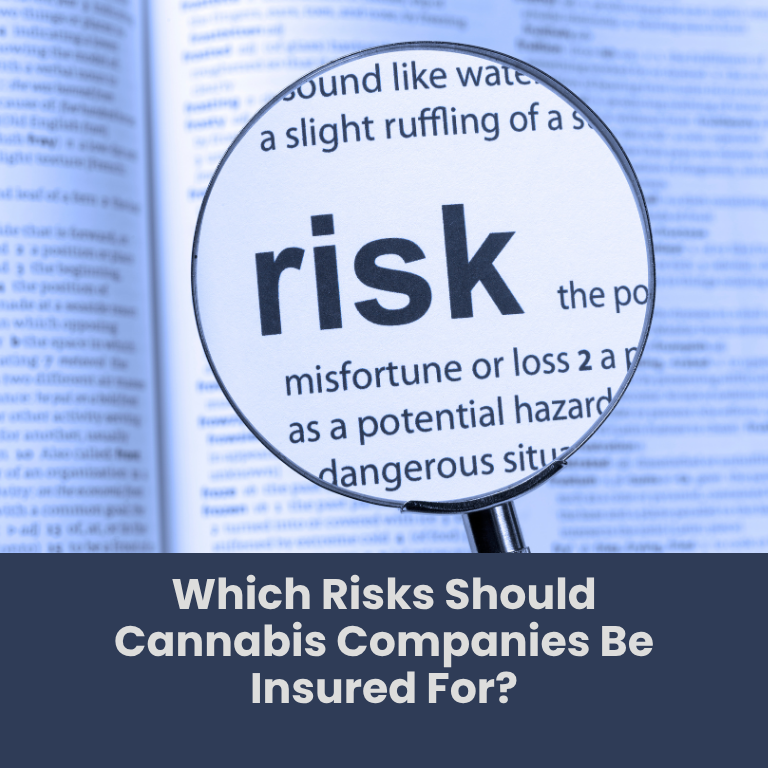Understanding OSHA’s PPE Rule and Its Impact on the Cannabis Industry
The cannabis industry has experienced rapid growth in recent years, with new businesses emerging in cultivation, processing, retail, and distribution. As the industry expands, so do concerns about worker safety, especially in environments where employees are exposed to potential hazards. The Occupational Safety and Health Administration (OSHA) plays a crucial role in ensuring workplace safety, and its updated regulations regarding Personal Protective Equipment (PPE) have significant implications for cannabis businesses. Understanding these rules and implementing them effectively is essential for compliance and worker well-being.
Why PPE Matters in the Cannabis Industry: Understanding Workplace Hazards
PPE is a critical component of workplace safety, designed to protect workers from exposure to harmful substances, physical hazards, and occupational injuries. In the cannabis industry, PPE is particularly vital due to the unique risks employees face, including:
Exposure to Chemicals and Pesticides – Cannabis cultivation often requires the use of pesticides, fertilizers, and cleaning agents that can pose health risks to workers if inhaled or absorbed through the skin.
Airborne Particulates and Allergens – Processing cannabis can release dust and particulates that may cause respiratory irritation or trigger allergic reactions.
UV and Light Exposure – Workers in cultivation facilities are frequently exposed to high-intensity grow lights that can cause eye strain or long-term damage without proper protection.
Ergonomic Strain and Repetitive Stress Injuries – Trimming, packaging, and handling cannabis products for extended periods can lead to musculoskeletal injuries if workers do not use proper support equipment.
Electrical and Fire Hazards – Grow operations and processing facilities often use high-powered equipment, increasing the risk of electrical accidents and fires.
Breaking Down OSHA’s PPE Rule: What Cannabis Employers Need to Know
OSHA’s updated PPE rule requires employers to assess workplace hazards, provide appropriate protective equipment, and ensure workers are trained in its proper use. The key elements of the rule include:
Hazard Assessment: Employers must evaluate the workplace to identify potential risks and determine the necessary PPE required for each job function.
Selection and Provision of PPE: Employers must supply the correct PPE, ensuring it is appropriate for the hazards identified. Examples relevant to the cannabis industry include gloves, respirators, protective eyewear, and coveralls.
Training Requirements: Workers must be trained on when and how to use PPE correctly, how to maintain and store it, and when to replace it.
Compliance and Recordkeeping: Businesses must maintain records of hazard assessments, training sessions, and PPE distribution to ensure regulatory compliance.
Responsibility for Costs: OSHA mandates that employers must provide PPE at no cost to employees, ensuring that financial concerns do not prevent workers from having necessary protective gear.
Best Practices for PPE Compliance in the Cannabis Industry
Ensuring compliance with OSHA’s PPE standards requires a proactive approach to workplace safety. Cannabis businesses can implement the following best practices to meet OSHA requirements and create a safer work environment:
Conduct Regular Risk Assessments – Regular evaluations of workplace hazards will help identify emerging risks and allow businesses to update PPE requirements accordingly.
Invest in High-Quality PPE – Providing workers with durable and industry-specific protective equipment can enhance safety and productivity.
Establish a Comprehensive Training Program – Regular training ensures that employees understand the importance of PPE, how to use it properly, and how to recognize signs of wear and tear.
Enforce PPE Usage Through Workplace Policies – Clear policies and consistent enforcement of PPE requirements will help ensure compliance among employees.
Maintain Proper Storage and Sanitation of PPE – Ensuring that PPE is stored correctly and kept clean will extend its usability and effectiveness.
Encourage Employee Feedback – Workers should be encouraged to report PPE issues and suggest improvements to enhance workplace safety.
Challenges and Considerations for Cannabis Employers Implementing PPE Regulations
Despite the importance of PPE in workplace safety, cannabis businesses may encounter challenges in fully implementing OSHA’s requirements. Some common issues include:
Lack of Industry-Specific Guidelines – While OSHA provides general PPE regulations, the cannabis industry lacks tailored guidance for its unique risks.
Cost and Budget Constraints – Smaller cannabis businesses may struggle to afford high-quality PPE, making it essential to find cost-effective solutions without compromising safety.
Resistance to PPE Usage – Some employees may be reluctant to wear PPE due to comfort issues, lack of awareness, or misconceptions about risk levels.
Keeping Up with Changing Regulations – As cannabis laws evolve, so do workplace safety requirements. Employers must stay updated on regulatory changes and adapt their PPE policies accordingly.
The Future of Cannabis Workplace Safety: Enhancing OSHA Compliance and Employee Well-Being
As the cannabis industry continues to grow, the focus on workplace safety will become increasingly important. Regulatory agencies may introduce more industry-specific standards to address the unique hazards in cultivation, processing, and retail operations. Employers that prioritize PPE compliance and worker protection will not only avoid costly fines and legal issues but also foster a safer, more productive workforce.
By proactively implementing OSHA’s PPE regulations, cannabis businesses can ensure they meet compliance requirements while safeguarding the health and safety of their employees. In doing so, the industry can continue to thrive, setting a new standard for responsible and sustainable workplace practices.















